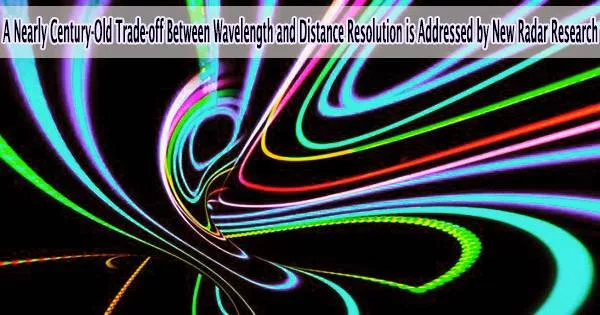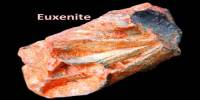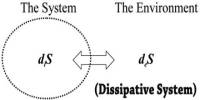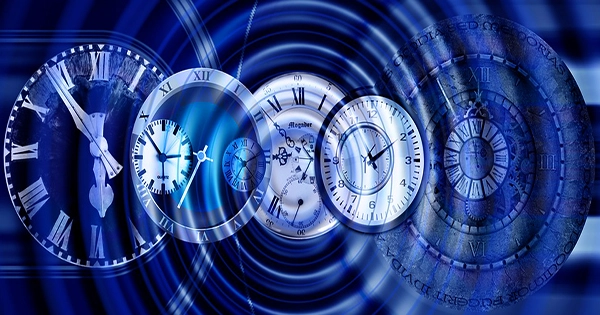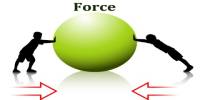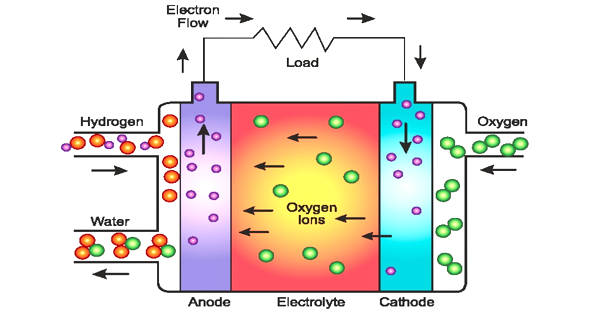Researchers from Chapman University and other organizations have improved the distance resolution between objects using new interference radar functions. The findings could have significant implications for the military, building, archaeology, mineralogy, and many other radar application fields.
This initial proof-of-concept study introduces a brand-new field of study with numerous potential applications that have the potential to upend the multi-billion dollar radar market. There are many new avenues to pursue, both in theory and experiment.
The breakthrough solves a nine-decade-old conundrum that forces researchers and engineers to give up precision and resolution in order to increase observational range below, beneath, and in the air. With this technology, the estimated distance between objects may now be determined to be within one-quarter of the radio wave’s wavelength, exceeding the previous bound.
“We believe this work will open a host of new applications as well as improve existing technologies,” says John Howell, the lead author of the article published today in Physical Review Letters. “The possibility of efficient humanitarian demining or performing high-resolution, non-invasive medical sensing is very motivating,” he adds.
Howell and a team of researchers from the Institute for Quantum Studies at Chapman University, the Hebrew University of Jerusalem, the University of Rochester, the Perimeter Institute and the University of Waterloo have demonstrated range resolution more than 100 times better than the long-believed limit. As a result, operators can now use long wavelengths while still having good spatial resolution, eliminating the trade-off between resolution and wavelength.
In radio engineering, interference is a dirty word and thought of as a deleterious effect. Here, we turn this attitude on its head, and use wave interference effects to break the long-standing bound on radar ranging by orders of magnitude.
Andrew Jordan
The researchers demonstrated that it was possible to measure incredibly small changes in the waveform to exactly forecast the distance between two objects while still being resistant to absorption losses by using functions with both steep and zero-time gradients. This makes it possible for archaeologists to tell a coin from a piece of pottery from deep beneath.
The breakthrough idea relies on the superposition of specially-crafted waveforms. The radio waves that are reflected from two separate surfaces combine to create a new radio wave.
To create a novel type of superposed pulse, the research team creates pulses specifically for this purpose. The composite wave includes distinctive sub-wavelength characteristics that can be utilized to gauge how far apart the objects are from one another.
“In radio engineering, interference is a dirty word and thought of as a deleterious effect. Here, we turn this attitude on its head, and use wave interference effects to break the long-standing bound on radar ranging by orders of magnitude,” says Andrew Jordan, director of Quantum Studies at Chapman University.
“In remote radar sensing, only a small amount of the electromagnetic radiation is returned to the detector. The tailored waveforms that we designed have the important property of being self-referencing, so properties of the target can be distinguished from loss of signal.”
Howell adds, “We are now working to demonstrate that it is possible to not only measure the distance between two objects, but many objects or perform detailed characterization of surfaces.”
